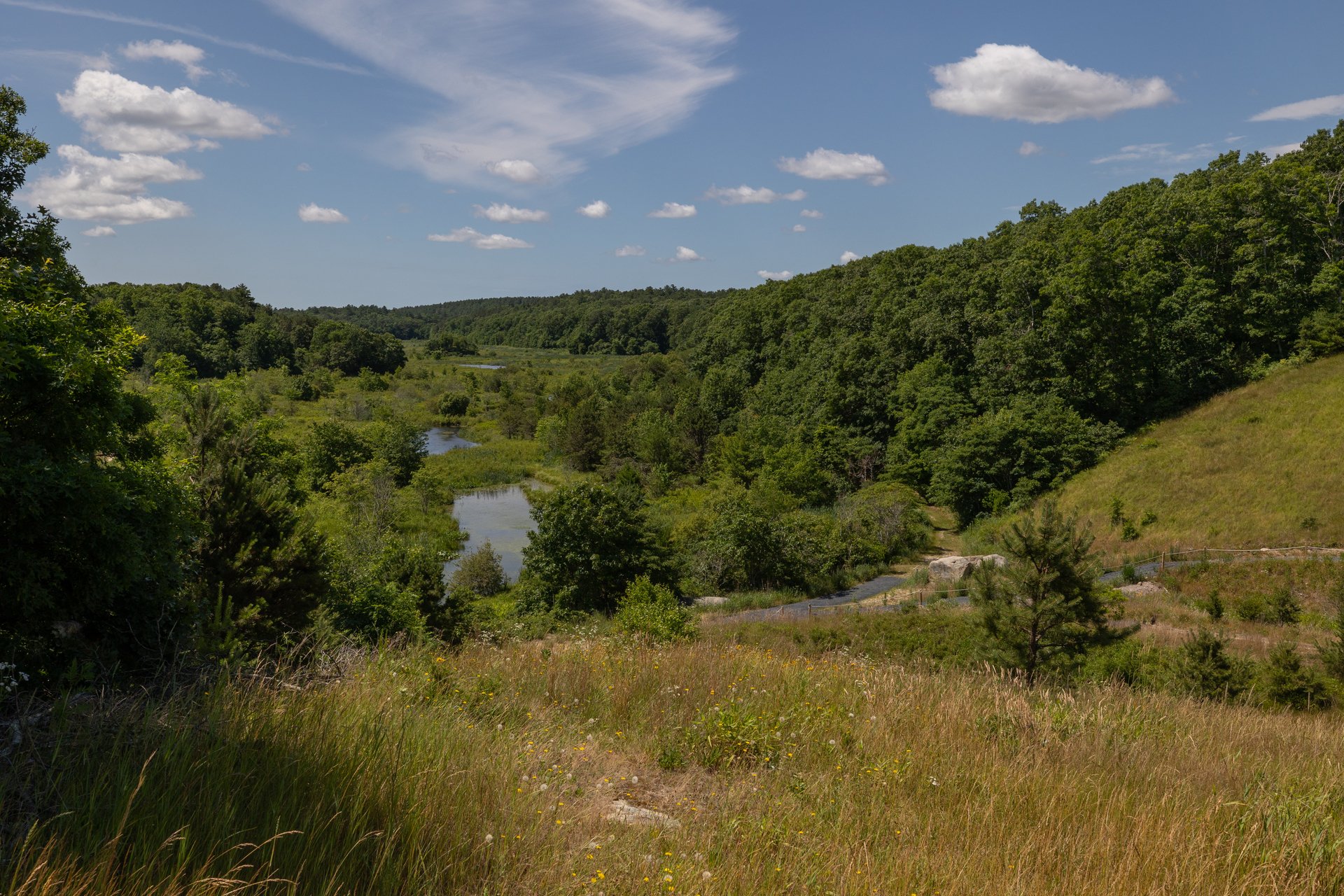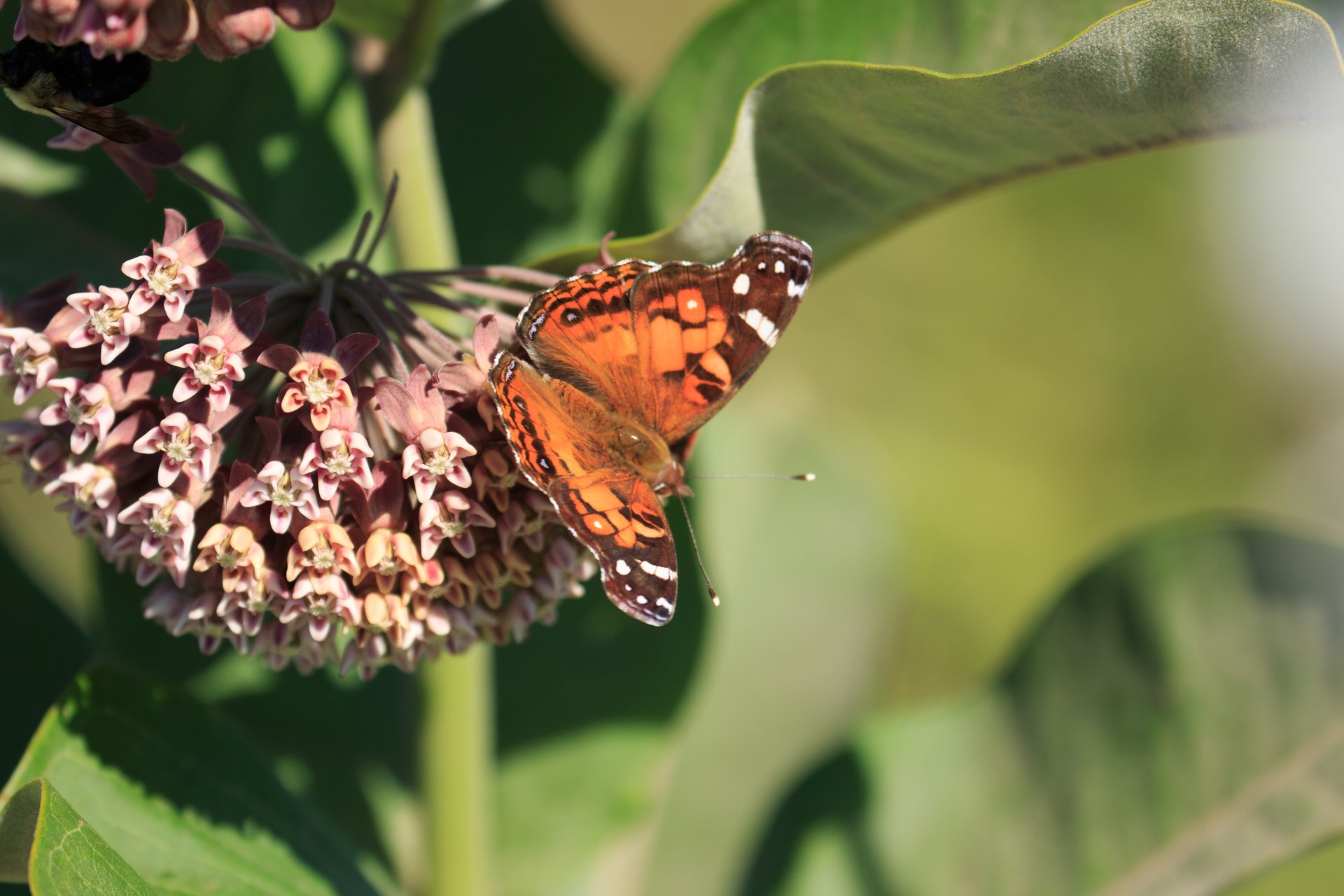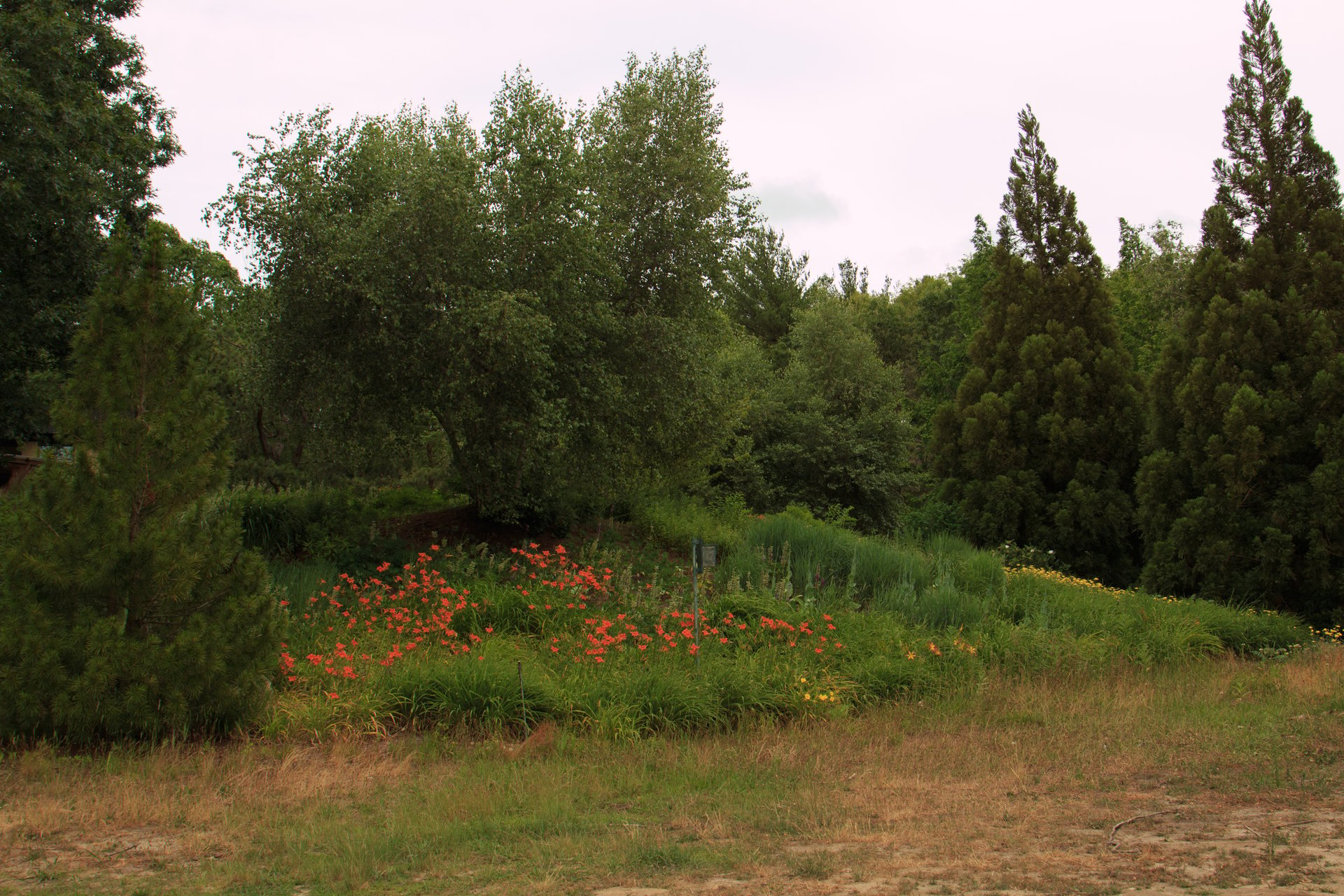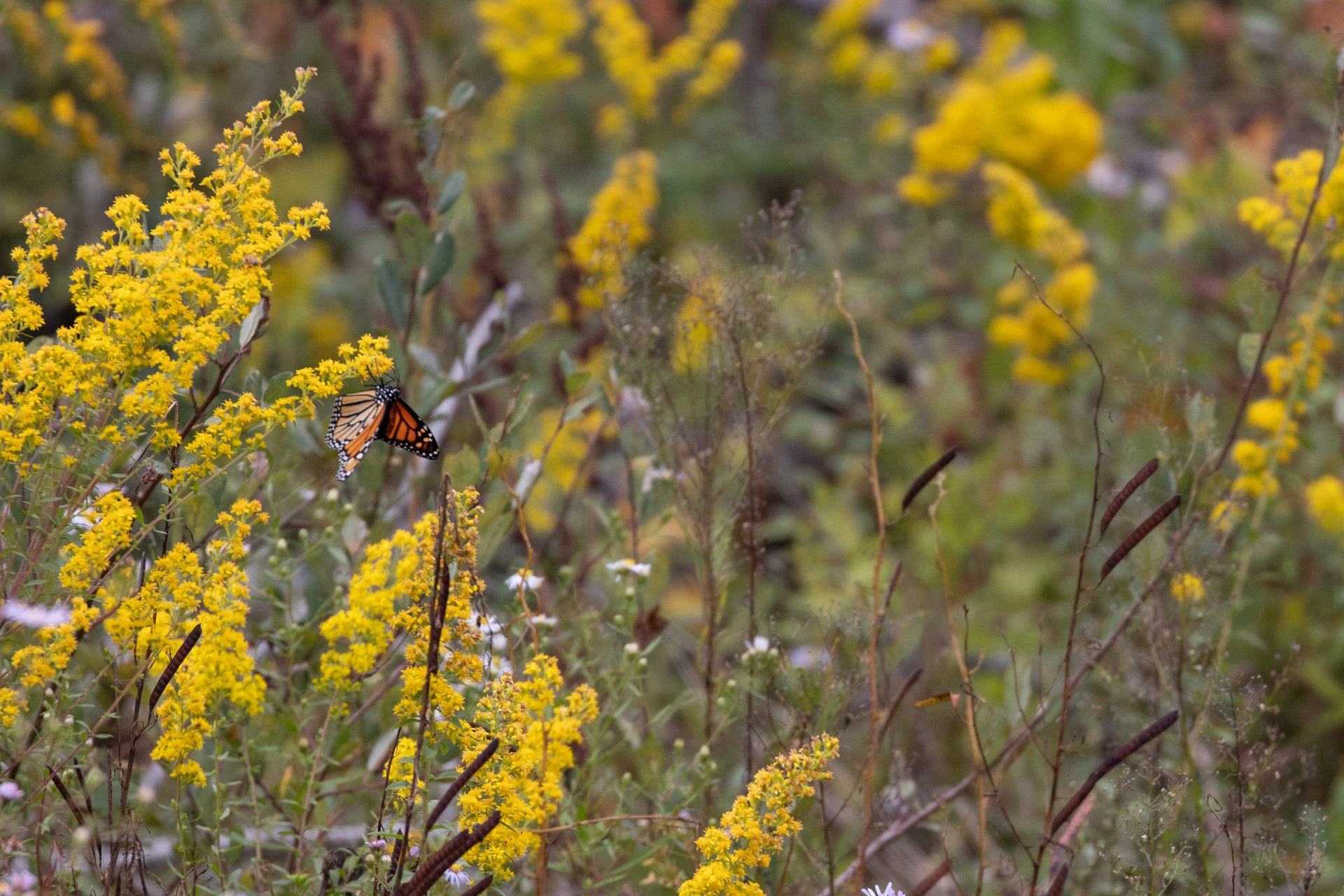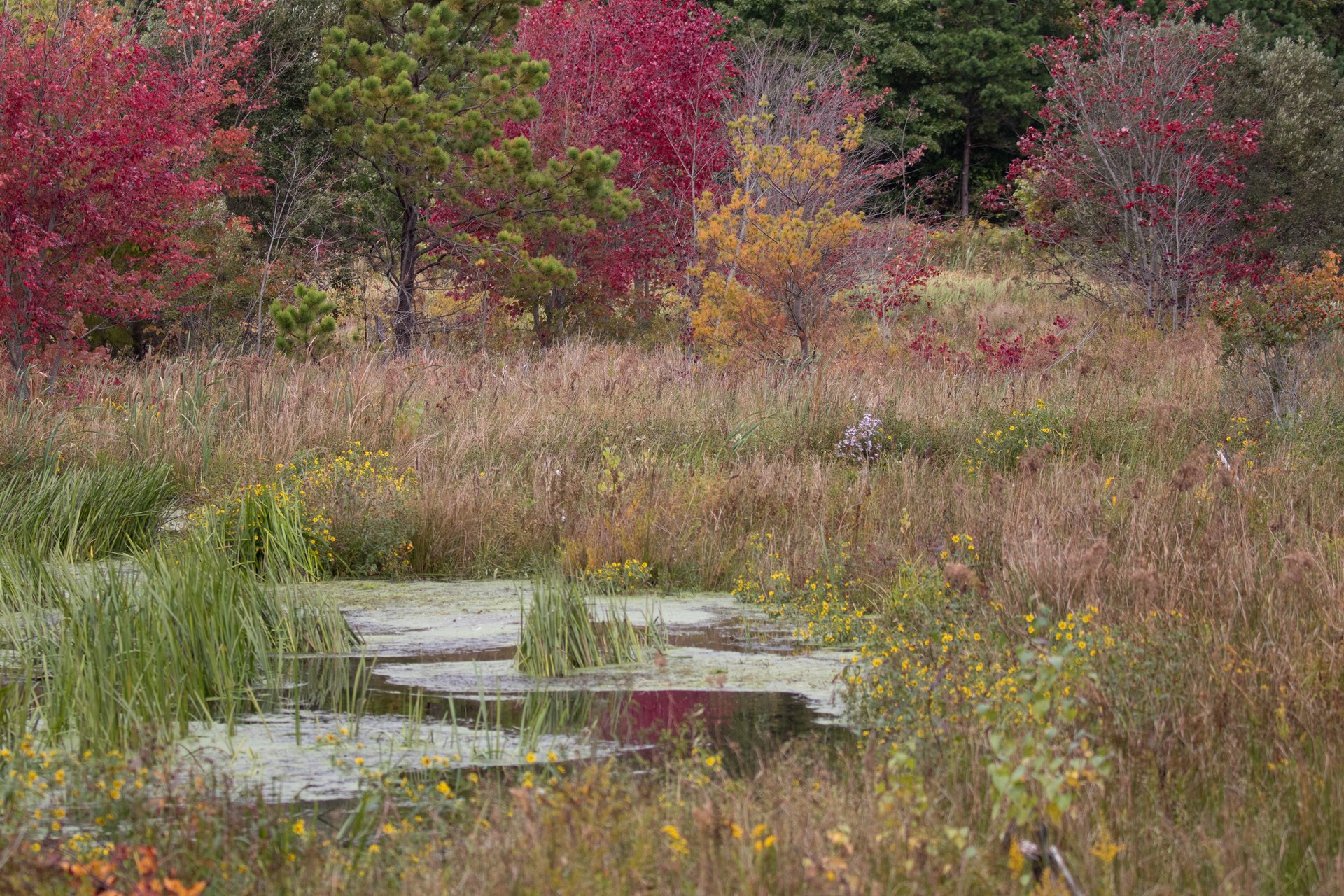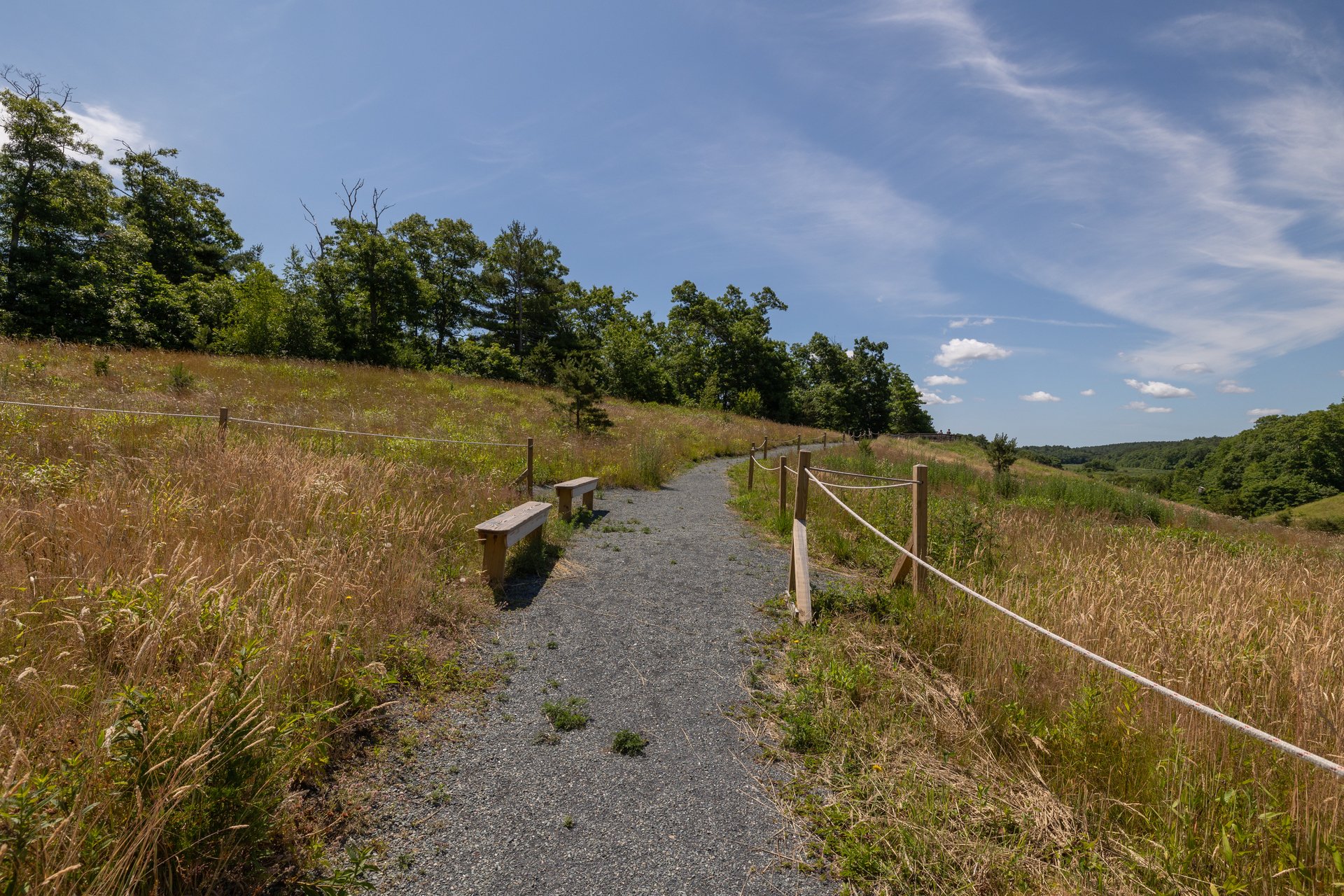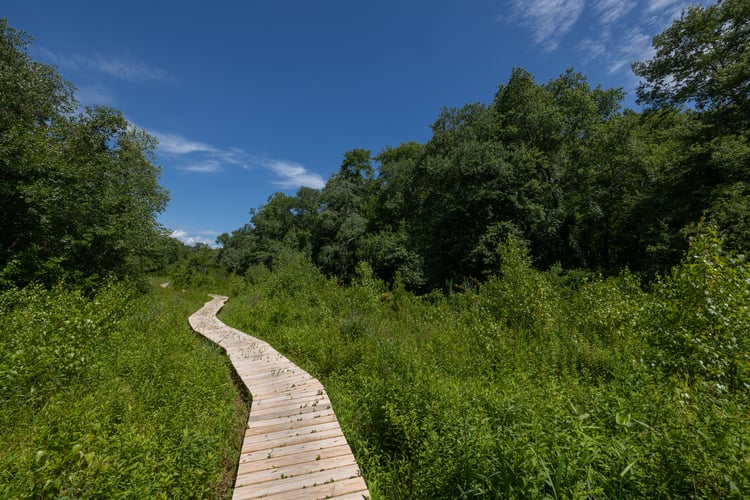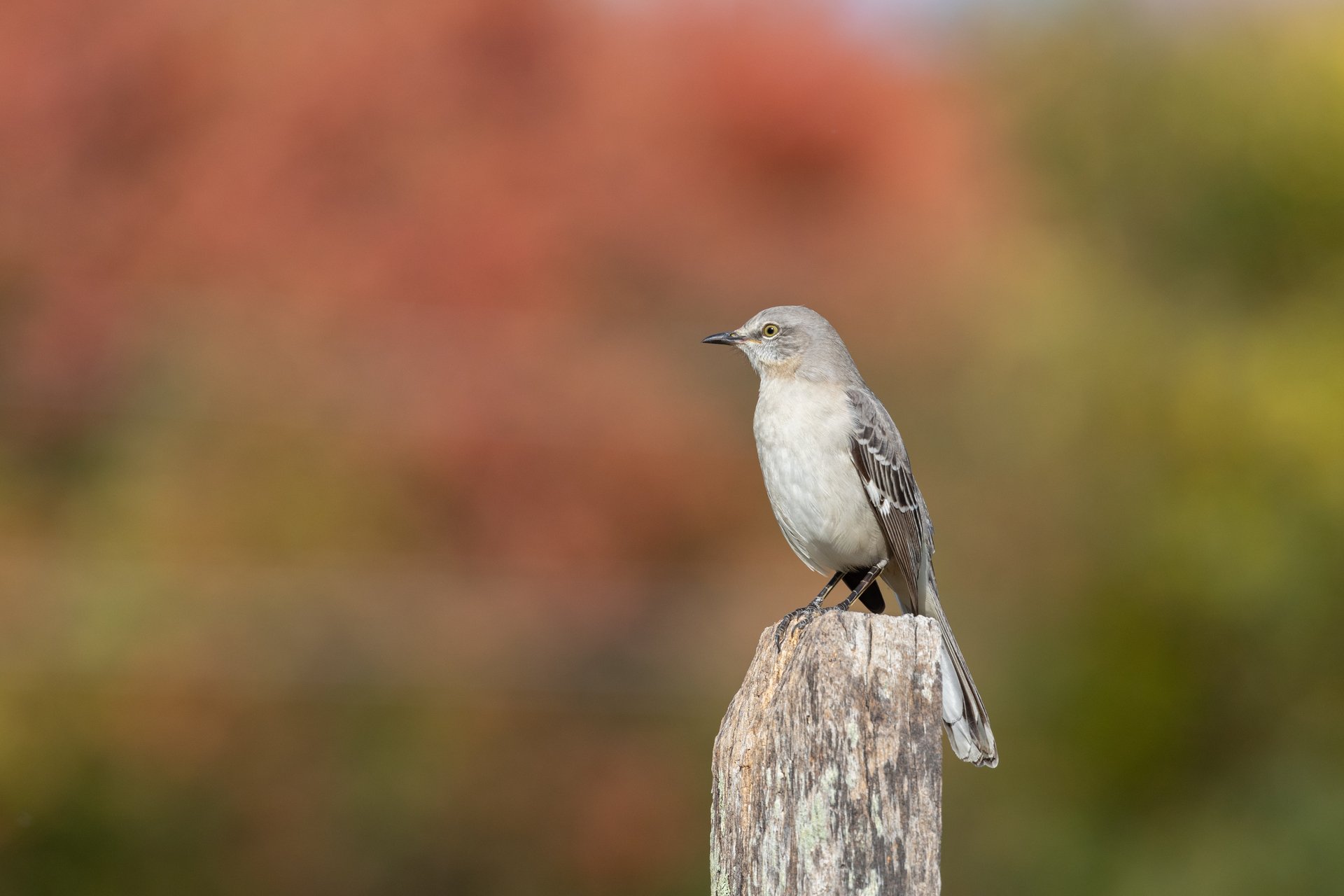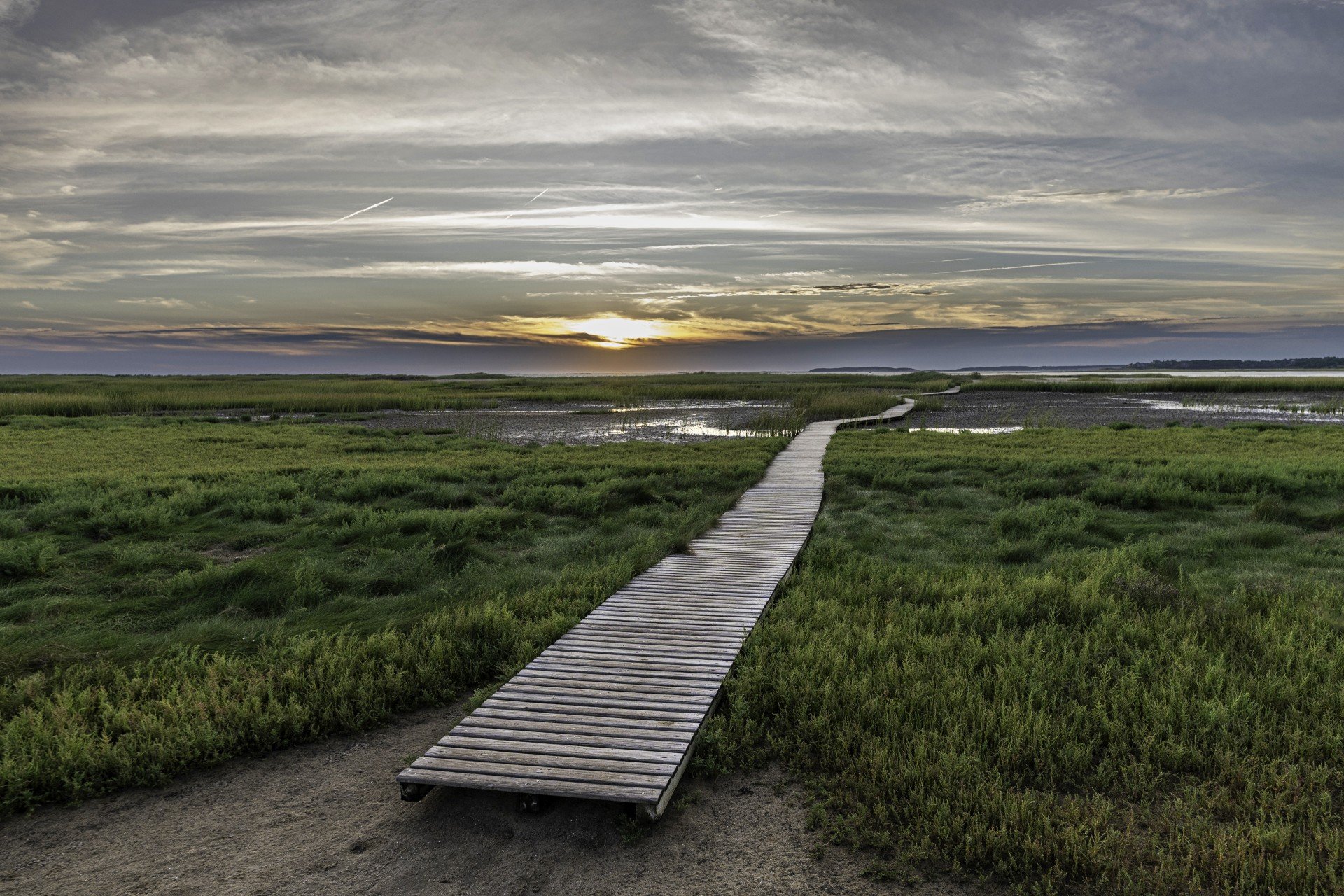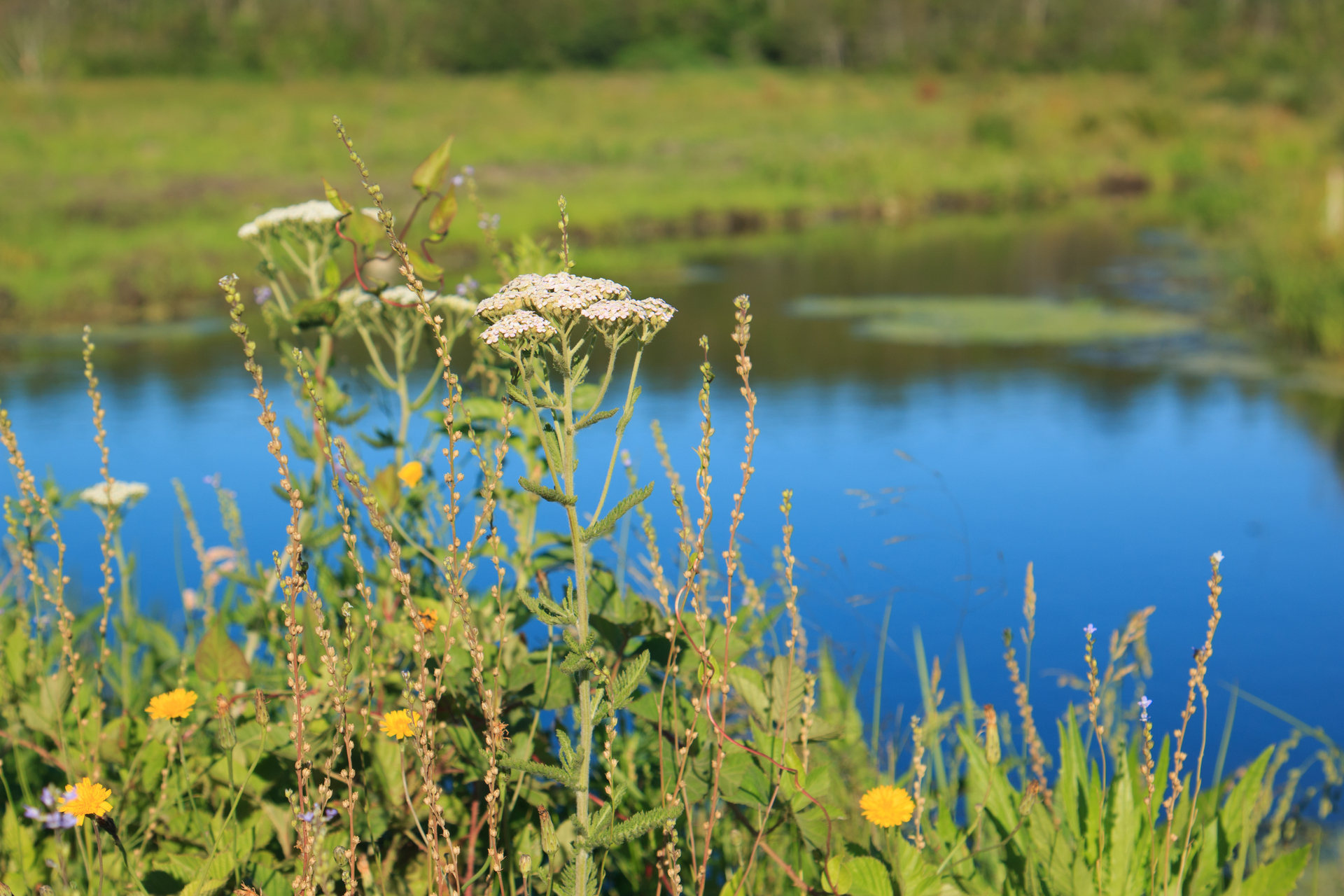Plan Your Visit
Once a working cranberry farm, this landscape underwent the largest freshwater ecological restoration ever completed in the Northeast. Now Tidmarsh is a 481-acre property that's home to a vast expanse of cold-water streams, ponds, forest, and woodlands—all permanently protected and open for everyone to enjoy!
Hours
Admissions
- All Ages free
Contact
60 Beaver Dam Road
Plymouth, MA 02360
Mailing Address
-
137 Bartlett Road
Plymouth, MA 02360
Choose Your Path
-
Birds & Birding
-
Walking & Hiking
-
Volunteer
-
Accessibility
Property Regulations
- Foot travel only; please stay on trails (day passes are available for powered mobility devices)
- Dog walking and horseback riding are prohibited; please leave all animals and pets at home (service animals welcome)
- Camping, collecting, smoking, hunting, fishing, releasing of animals, and feeding wildlife is prohibited.
- Commercial photography needs prior approval; please see all photography guidelines.
Facilities
Latest News
More NewsMigration Stations Coming to Tidmarsh and Daniel Webster
Keep Reading5 Iconic Boardwalks at Mass Audubon Wildlife Sanctuaries
Keep ReadingBreathing Life Back Into Bogs
Keep ReadingUpcoming Programs
See MoreWinter Finch Walk with Manomet Conservation Sciences
-
Tidmarsh Wildlife Sanctuary, Plymouth
-
Thursday, January 8
9:00-10:30am
Adults
Family Owl Prowl
-
Tidmarsh Wildlife Sanctuary, Plymouth
-
Saturday, January 10
4:30-6:00pm
Adults & Families - 8 - 17
Family Owl Prowl
-
Tidmarsh Wildlife Sanctuary, Plymouth
-
Saturday, January 17
4:30-6:00pm
Adults & Families - 8 - 17
Sanctuary History
Tidmarsh was once a vibrant ecological setting, featuring natural bogs and a cold-water stream. Then in the 1890s it was transformed into cranberry bogs.
Conservation Projects
Tidmarsh is actively involved with a variety of projects that relate to protecting and restoring resilient landscapes.
Stay Connected with Tidmarsh
Don’t miss a beat on all the ways you can get outdoors, celebrate nature, and get involved.



